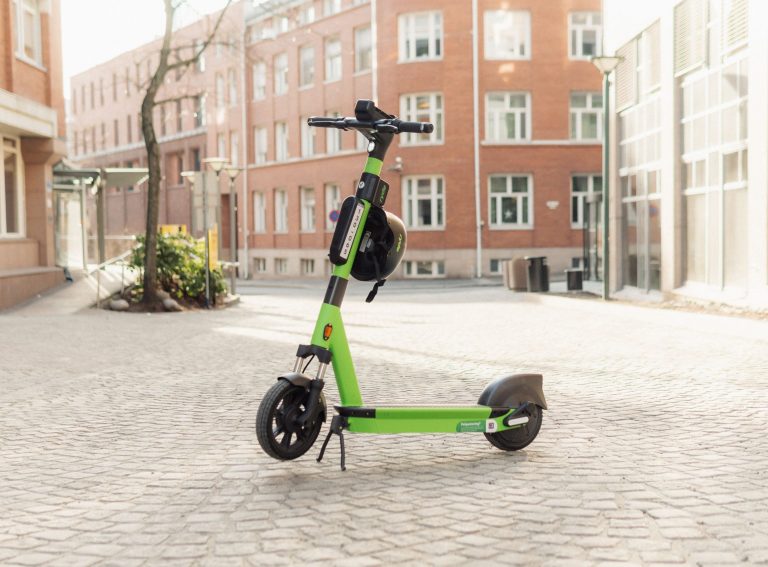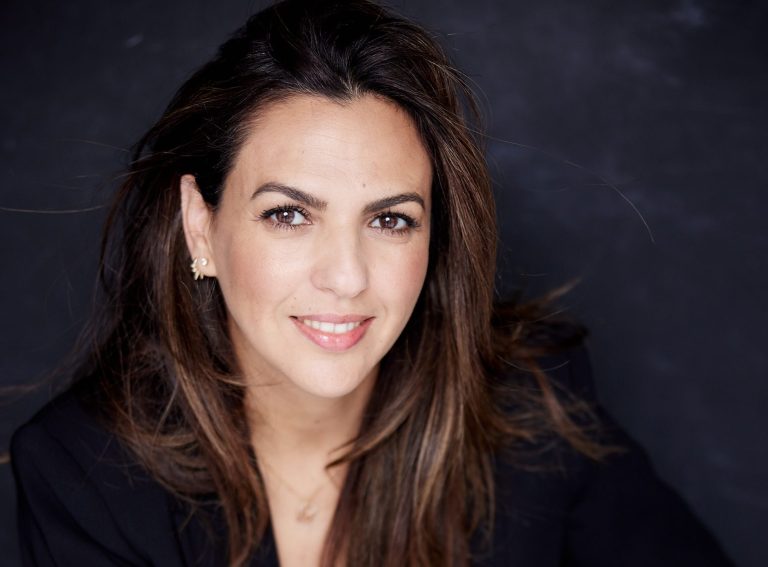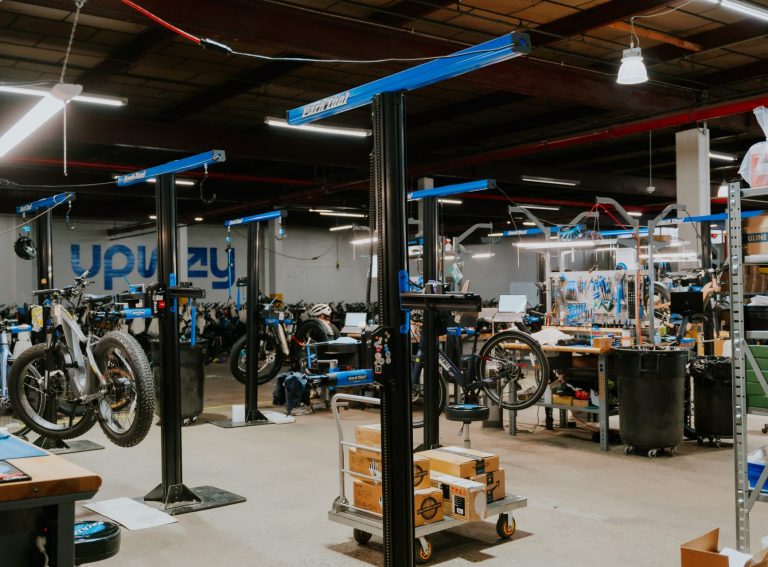Lauha Marianne Fried has been an EU lobbyist for the last 25 years.
In that time, she opened one of the first regional representative offices of Finland, worked on regional policy under the European Commission and spent 10 years advocating for wind power and renewable energy.
As Cycling Industries Europe’s Policy Director, Lauha now brings her lobbying tenacity to the world of cycling.
Zag Daily: How did Cycling Industries Europe (CIE) form?
Lauha: “We were founded five and a half years ago at a time when cycling wasn’t taken seriously. I’ve lobbied the EU for different sectors for more than two decades, and I can’t believe how little attention cycling received at the European level. There were developments happening for every single mode of transport from automotives to aviation and rail, but cycling just wasn’t there. CIE’s main goal when we formed was to get cycling on the EU agenda. After five and a half years, we did just that with the signing of the EU Declaration on Cycling.”
Zag Daily: How does CIE operate in action?
Lauha: “CIE aims to be the united voice for cycling industries in Europe as we lobby for change. We bring cycling companies together from the entire supply chain from manufacturers and component makers to finance, leasing and bike sharing to make sure that cycling has a place in EU policies and funding. We want to look beyond traditional manufacturers and component makers because the more companies we unite, the stronger voice we have and the stronger impact we have to influence EU regulation.
“We have two big work streams. One is growing cycling, and the other is making cycling a world class industry in Europe. Ultimately, we want to show how cycling can help reach not only a city’s environmental goals but also its social and financial goals like mental health improvements and savings on public health expenditures. Cities are starting to realise the benefits like Paris for example. Anne Hidalgo set the target to have a bike lane on every single road in Paris by 2024. In the last 10 years, the city has had 40% less car traffic and 40% less pollution – the technology exists and implementing the infrastructure has rapidly grown Paris into a successful cycling city.”
Zag Daily: What lessons can the rest of Europe take from Paris to grow the cycling industry?
Lauha: “Targets are very important, and data must continuously be measured. When I worked in the renewable sector, binding targets were a key success for us. We wanted 20% renewable energy by 2020 and we got that. I think Anne Hidalgo is paving the way to show how bold targets will drive cycling. Nobody believed Paris would soon have a bike lane on every single street but, unbelievably, it’s happening. Progress happens quickly when we take bold action.”
Zag Daily: What’s the biggest focus Europe should take on cycling right now?
Lauha: “Rolling it out, and starting with infrastructure. We have the technology that we need and now it’s about scaling it across cities. If we want cycling to be treated as a fully-fledged mode of transport, then support needs to match that of the automotive sector through infrastructure, development of services, tax breaks and more. The EU Declaration lays out 36 commitments with infrastructure mentioned high up, but it goes as deep as data, standards, jobs and skills, and all the other measures that will be key enablers for levelling up cycling.”
Zag Daily: What was CIE’s role in crafting the EU Declaration on Cycling?
Lauha: “Together with our partners, we knocked on the right doors at the right time to make this Declaration happen. We worked inter-institutionally with the European Commission, the Parliament and the Council. We had a roadmap for how to get this Declaration into existence, but were also lucky with timing and managed to squeeze everything in before the current administration’s term was over. CIE and its partners were crucial architects of the Declaration and the different parts that feed into it, and we were really pleased to see the support from the EU institutions summing up how cycling is pivotal to the wellbeing of the EU. That’s not just the environmental and social benefits either, but the economic benefits too, with one million new jobs targeted for the industry by 2030.
“As beautiful as the document is, we must remember that the 36 commitments are not legally binding, but rather recommendations for member states. We got it onto the EU agenda but now it’s about making sure those commitments are implemented, followed up and monitored.”
Zag Daily: How will these commitments be monitored?
Lauha: “The Commission is currently working on it, and the first job from autumn will be to pave the way for an implementation that’s as ambitious as possible. The key will be for the member states to take action and implement the commitments even though they’re non-binding. Many recent studies show the economic, social and climate benefits cycling brings and how cities will get their money back multiple times in CO2 emission, congestion and public health cuts by investing in cycling. We know what works – the issue is getting it scaled across all cities and countries – starting with infrastructure. What is needed is for cycling to be treated as a fully fledged mode of transport, which will then lead to realistic levels of infrastructure and the same level of support as automotives – for example in tax breaks, development of services and more.”
Zag Daily: What’s to become of the Declaration in the next five years?
Lauha: “There will be a new EU administration soon in place and the first thing is to get to know the new MEPs in the European Parliament. We are excited to see who the new commissioners will be, as well as their cabinets and staff, to make new alliances to promote cycling in Europe and unlock the cycling industry’s full potential for the wellbeing of people and the EU economy. We achieved our milestone of getting the Declaration signed but now we need to make sure it materialises. If we can get to a point where we’re following up and measuring the implementation of the commitments in member states over the next five years, then that would be a good start.”
Zag Daily: The Declaration refers to encouraging inclusive mobility in one of its chapters. What do you think is a pressing challenge for getting women on bikes?
Lauha: “Number one is safety. We need safe, coherent, separate, well-connected high-quality bike lanes so everybody feels safe to cycle. And then, we need to consider women from the beginning of the design and urban planning process. So many transport processes like routing are designed by men and for men. But often women have different needs. They want to know things like how can I take my kids to school, or do my shopping by bike? We need to gather and use data to make urban planning more female-friendly and cater to their needs. This is one of the key things to get women cycling.
“Even the product design needs to be considered – I’m always wearing skirts and dresses and that itself can make cycling harder for me. Cycling can be an empowering tool for women, so it should not be something that needs to be worked around. I recently attended a project in Brussels which was teaching immigrant women to cycle, fix their bikes, and learn how to use it as a safety measure when walking through neighbourhoods that are unsafe to walk in. Lots of women use cycling as a safer mode of transport than walking. I have two daughters, and I feel much better knowing that they’ll cycle back home if they’re out late. Empowering doesn’t just mean safety either – it’s about getting to work faster, or being able to get your shopping on your commute. Ultimately it’s about making lives easier.”
Zag Daily: Who is one woman in the industry you’d like to spotlight?
Lauha: “Anya Haarhoff, CEO of Pon.Bike. I don’t know Anya well personally yet, but she inspires me as a female leader of one of the world’s biggest bicycle manufacturers. That’s still a rarity and it sets the scene for many more women to strive for CEO positions. We’re organising our CIE Summit in Brussels in October and want to have a CEO panel, but what I’m finding is they’re mostly men. We need women in those top positions to consider the female perspective in all processes, from planning to design and leadership.”





